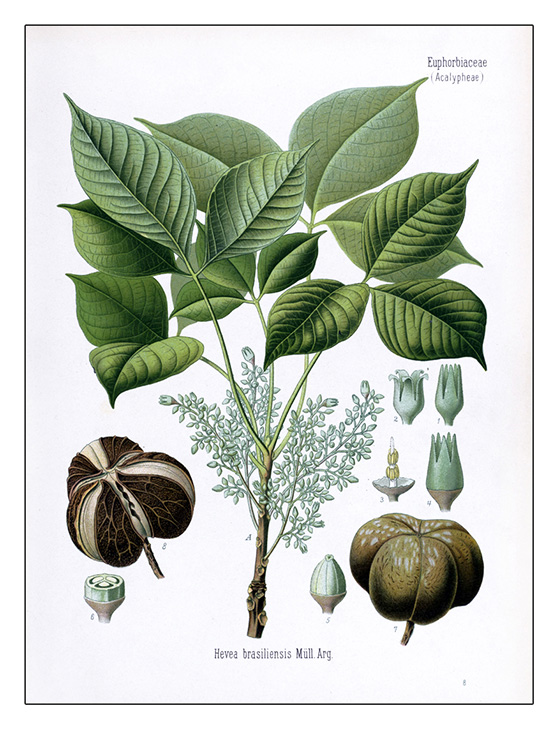Voluntary Incentive Mechanisms Targeting Environmental Benefits of Rubber Trees and Species of Native Flora in the Atlantic Rainforest and Cerrado Biomes
Norton Siano Ribeiro de Freitas
Columbia University
The devastation of native forests and the habitat that they provided are specific threats to the structure, function and stability of the Atlantic Rainforest and Cerrado biomes in the Northwestern part of São Paulo. For this reason, we are testing the “Agglomeration Bonus”, designed to induce landowners to reduce the effects of land use alterations on native forest land, where Rubber trees are already being planted. The mechanism provides incentive for landowners to voluntarily create Agroforestry Systems (AFS) with rubber trees (Hevea brasiliensis) and species of native flora across their common borders. Specifically, we are investigating the potential benefits for creating contiguous agroforestry systems located adjacent to riparian zones and whether decision makers would be willing to achieve spatially coordinated land restoration, targeting environmental benefits. Using this design, we explore the effectiveness of a specific bonus at conserving desired land parcels, even when this land spans landowner boundaries.

Lithograph of the Hevea brasiliensis plant by D. Blair.
Collection of the Library, Art & Archives – Royal Botanic Gardens, Kew
© copyright The Trustees of the Royal Botanic Gardens, Kew.
Among the questions we are responding to the survey are statements such as intercropping of rubber trees in adjacent AFS the riparian areas can contribute to sustainable development and adaptation to climate change, increasing the income of farmers of São José do Rio Preto. To simulate this dynamic, a model is being applied to assess the implementation of the "Agglomeration Bonus" as a subsidy mechanism for voluntary environmental conservation and adaptation of adjacent properties to riparian areas, aiming at the creation of a Geographical Indication Region Production Latex covering 24 municipalities.

Coloured plate of Hevea brasiliensis from Köhler's Medizinal-Pflanzen, Vol. 3, 1887.
Collection of the Library, Art & Archives – Royal Botanic Gardens, Kew
© copyright The Trustees of the Royal Botanic Gardens, Kew.